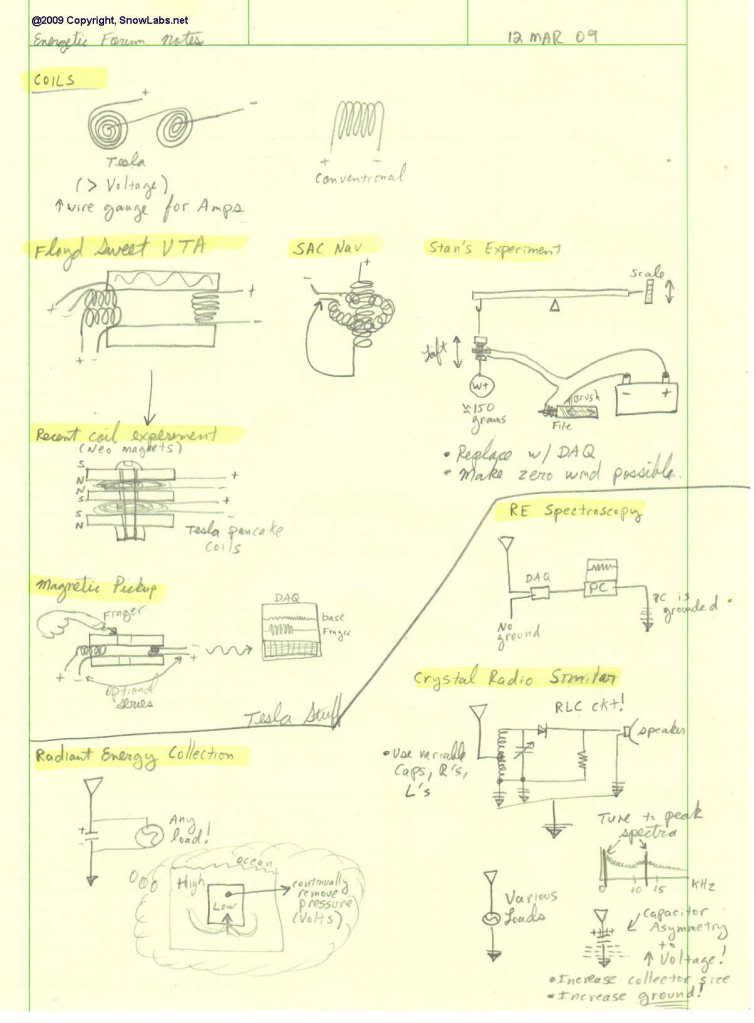I wounder how this would work with a toroid.
Maybe put a couple pickup coils in between the two main coils.
Maybe put a couple pickup coils in between the two main coils.
 but there is some profound implications with the Leedskalnin Perpetual Motion Holder and other like concepts of magnetic current.
but there is some profound implications with the Leedskalnin Perpetual Motion Holder and other like concepts of magnetic current.


 but there is some profound implications with the Leedskalnin Perpetual Motion Holder and other like concepts of magnetic current.
but there is some profound implications with the Leedskalnin Perpetual Motion Holder and other like concepts of magnetic current.
 Thanks for doing that. Glad you guys are enjoying this thread. I had a feeling people like you would see the value of Leedskalnin's "transformer".
Thanks for doing that. Glad you guys are enjoying this thread. I had a feeling people like you would see the value of Leedskalnin's "transformer". Might be interesting to tie an LED or volt and ammeter into the load while pumping in the juice!
Might be interesting to tie an LED or volt and ammeter into the load while pumping in the juice!  Compare that as you have now to different U shapes. See how far you can take it with depth of charge and duration of power output, and you might just have yourself there really powerful little batteries to play with!
Compare that as you have now to different U shapes. See how far you can take it with depth of charge and duration of power output, and you might just have yourself there really powerful little batteries to play with! 
 More power is in the magnetic current loop, not magnetic fields alone. More power because you tighten up the flux. Think of all that useful voltage, not floating in freespace outside the transformer, but locked down inside the loop running through your coils. Intensify the magnetic field and you raise voltage. Widen wire diameter from there and you can raise the amps.
More power is in the magnetic current loop, not magnetic fields alone. More power because you tighten up the flux. Think of all that useful voltage, not floating in freespace outside the transformer, but locked down inside the loop running through your coils. Intensify the magnetic field and you raise voltage. Widen wire diameter from there and you can raise the amps. 

 Thanks for doing that. Glad you guys are enjoying this thread. I had a feeling people like you would see the value of Leedskalnin's "transformer".
Thanks for doing that. Glad you guys are enjoying this thread. I had a feeling people like you would see the value of Leedskalnin's "transformer". Might be interesting to tie an LED or volt and ammeter into the load while pumping in the juice!
Might be interesting to tie an LED or volt and ammeter into the load while pumping in the juice!  Compare that as you have now to different U shapes. See how far you can take it with depth of charge and duration of power output, and you might just have yourself there really powerful little batteries to play with!
Compare that as you have now to different U shapes. See how far you can take it with depth of charge and duration of power output, and you might just have yourself there really powerful little batteries to play with! 
 More power is in the magnetic current loop, not magnetic fields alone. More power because you tighten up the flux. Think of all that useful voltage, not floating in freespace outside the transformer, but locked down inside the loop running through your coils. Intensify the magnetic field and you raise voltage. Widen wire diameter from there and you can raise the amps.
More power is in the magnetic current loop, not magnetic fields alone. More power because you tighten up the flux. Think of all that useful voltage, not floating in freespace outside the transformer, but locked down inside the loop running through your coils. Intensify the magnetic field and you raise voltage. Widen wire diameter from there and you can raise the amps. 
 Did you find the voltage and grip lasted longer than without the metal bar connecting the coils?
Did you find the voltage and grip lasted longer than without the metal bar connecting the coils? 





Comment